Retirement is a significant life transition, both financially and emotionally. Shifting from earning a paycheck to relying on savings and investments to maintain your lifestyle requires careful planning and strategy. This process comes with unique challenges, but with a proactive approach and the right support, you can ensure financial security and enjoy a fulfilling retirement.
One of the first steps in transitioning to retirement is to understand what it takes to maintain your standard of living. Retirees often divide expenses into fixed and social categories. Fixed costs include housing, healthcare, and utilities, while social spending might cover travel, dining out, or hobbies. Understanding these needs helps establish how much income is required to sustain your lifestyle. Additionally, planning for inflation, particularly for fixed expenses, is critical to ensure your money lasts. In some cases, lifestyle adjustments, such as downsizing your home or modifying social spending, may be necessary to align with your financial goals.
Next, determine and understand your income sources. Common sources include Social Security benefits, pensions, retirement accounts such as 401(k)s and IRAs, and other investments like rental properties or annuities. Each income stream comes with its own timing, tax implications, and payout structures. For instance, deciding when to claim Social Security benefits is crucial, as delaying can significantly increase monthly payments. Similarly, pension plans often offer options like lump-sum payouts or monthly distributions, requiring thoughtful consideration to choose the best fit for your needs.
Once you have determined your standard of living and income sources, developing a sustainable withdrawal strategy is another cornerstone of retirement planning. Traditional guidelines, such as the 4% rule, suggest withdrawing 4% of your portfolio annually, adjusted for inflation. However, flexibility is key. During market downturns, reducing withdrawals can help preserve your portfolio’s longevity. Tax-efficient strategies, such as withdrawing from tax-deferred accounts in lower marginal brackets and saving tax-free accounts like Roth IRAs or taxable brokerage accounts for later, can significantly reduce your overall tax burden and stretch your retirement savings.
Healthcare is a significant financial consideration in retirement. Medicare typically provides the foundation of coverage for retirees 65 and over, but supplemental plans like Medigap or Medicare Advantage can fill coverage gaps. Planning for long-term care expenses is equally important, as the costs for services like assisted living or nursing homes can be substantial. Whether through dedicated savings, long-term care insurance, or a combination of the two, preparing for these potential costs is essential to protect your overall financial plan.
Lastly, taxes are another critical aspect of retirement planning. Strategic measures like converting traditional IRA funds to Roth IRAs during lower-income years can reduce future taxable withdrawals. Additionally, coordinating withdrawals to avoid higher tax brackets and using qualified charitable distributions to reduce taxable income while supporting causes you care about are effective ways to manage tax liabilities in retirement.
Navigating these complexities can be overwhelming, which is why working with a fiduciary financial advisor can be invaluable. A fiduciary advisor is legally obligated to act in your best interest, offering personalized advice tailored to your unique goals and circumstances. Fiduciaries can help you develop a comprehensive retirement plan, manage investments, and create tax-efficient withdrawal strategies. By working with a fiduciary advisor, you gain access to expertise, objective guidance, and ongoing support, helping you make informed decisions and adjust your plan as life circumstances or market conditions change.
Financial Enhancement Group is an SEC Registered Investment Advisor.


